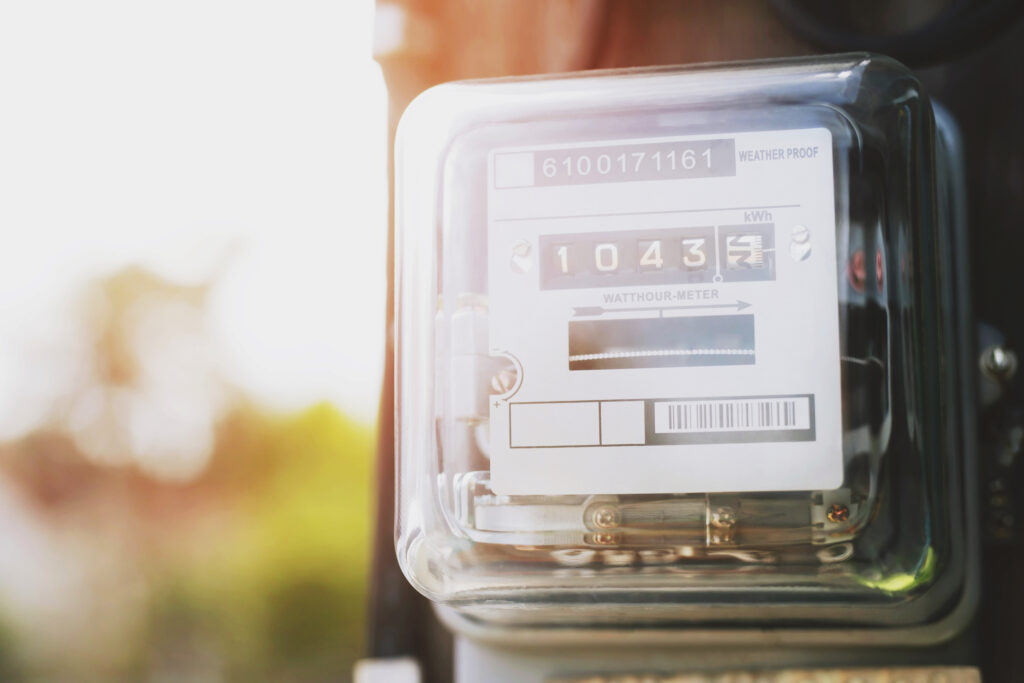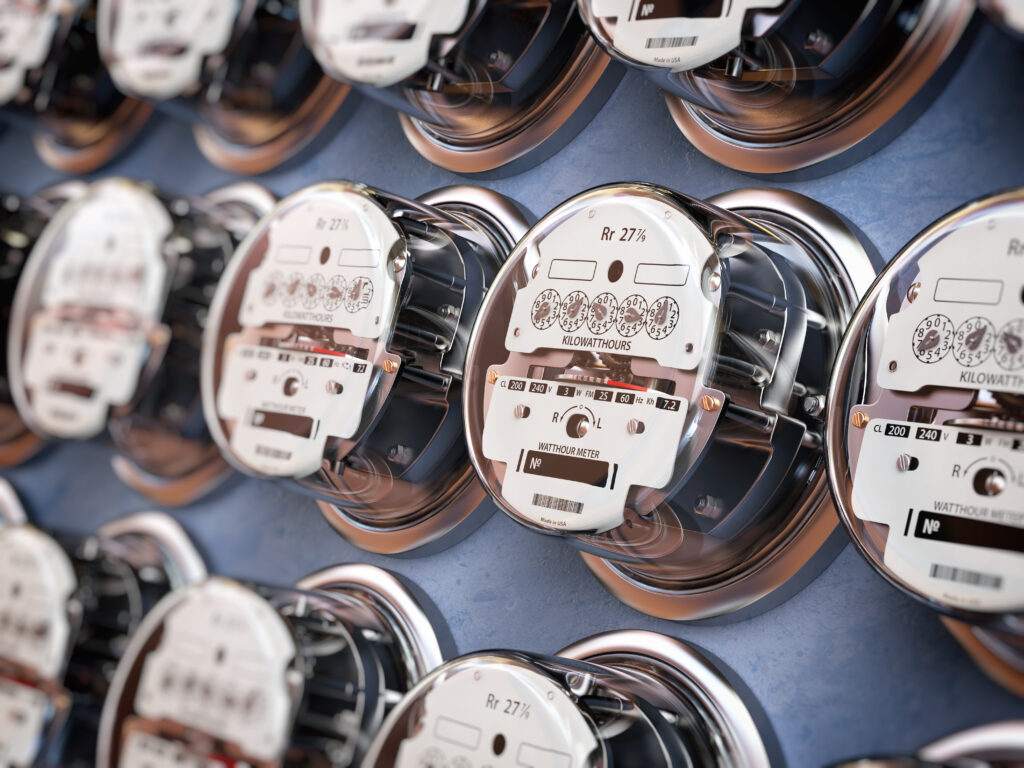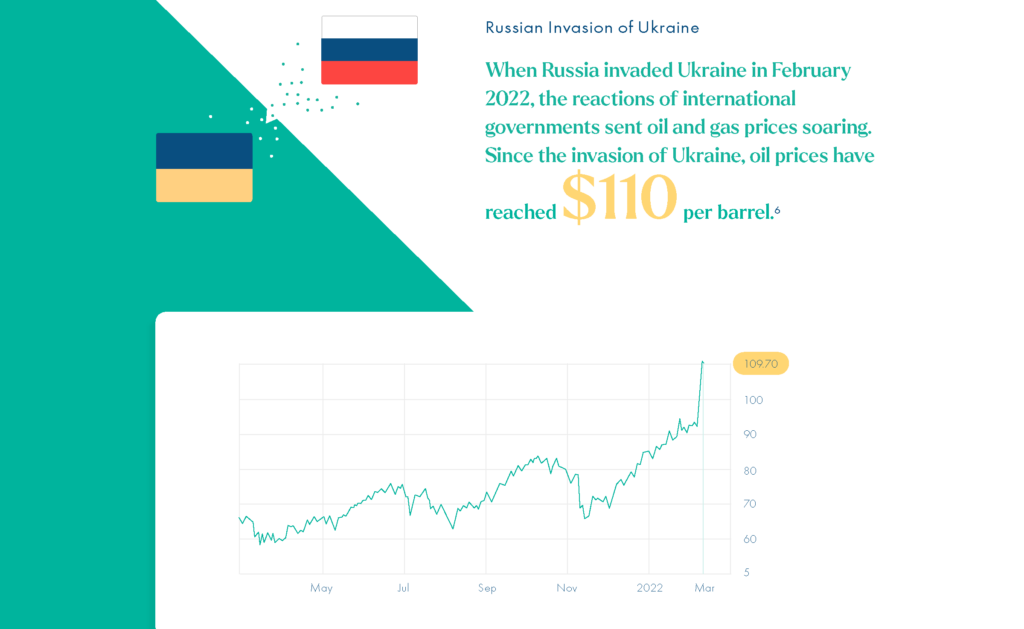Natural Gas is Critical to the Global Energy Transition
5 minute readWhat is natural gas? As the world continues to seek cleaner and more sustainable energy sources, natural gas has emerged
Home > Learning Center > How the Energy Industry Works > Simplify Your Electric Bill: Learn How to Read Your Electric Meter
6 minute read • Last update April 2024

If you’re like most homeowners, chances are you keep track of your energy consumption by reviewing your monthly bills after the fact. But what if we were to tell you there’s a way to monitor your usage and cut down on your utility costs in real-time?
For homeowners looking to keep track of their energy consumption and get a better deal on energy plans, learning how to read an electric meter is essential. In this quick guide, we’ll cover the basics of what your electricity meter does and how to read an electricity meter on both analog and digital models.
Before we delve into how to read electric meters, let’s cover the basics of where to find your meter, what it does, and how it measures your energy consumption.
Your electric meter reader could be located either outside or inside your home. External meters are typically positioned where the power lines enter your house — usually somewhere near your porch. If that’s not the case and the meter has been installed internally, you’ll generally find it in your basement, laundry room, garage, or attic. Digital meters look like a square/rectangular-shaped box about the size of an A5 piece of paper. Most are white and have an LCD display. However, analog meters can be either round or rectangular, and are glass or plastic-fronted with several small dials that look like clocks on the main display.

Electricity companies use electric meters to monitor your home’s energy consumption so they can bill you for the correct amount each cycle (typically once per month). Usage is measured in kilowatts (kW), so when you’re reading a meter for electricity consumption, the numbers you see reflect how many kilowatt-hours (kWh) you’ve used. One kilowatt hour equates to 60 minutes of thousand-watt electricity usage. In other words, if you run a 1,000-watt appliance like a coffee machine for a total of one hour in any billing cycle, that will account for 1kWh on your electric meter reading.
A set of small gears inside the electric meter rotate as your home draws current from the power grid. The speed of the revolutions depends on the amount of current drawn. The more power you use, the faster the gears will rotate, the higher the total number of revolutions you’ll see on the dials or digital display and the higher your resulting utility bill will be.
Now that you’ve got the basics down, let’s take an in-depth look at how to read electric meters so you can track your usage. As we’ve already established, there are two types: analog and digital. Follow the step-by-step guides below to learn how to read electric meters of either type.
Some analog electric meters have four dials, whereas others may have five. In either case, taking an electricity meter reading follows the same six step process:
Reading a meter for electricity from a digital display is more straightforward. This method also applies to rotary displays — a meter that doesn’t have dials or a digital screen, but rather rolls of numbers that rotate. Rotary displays are technically analog, but you read them the same way as a digital meter.

Many homes in Texas are heated by electricity, but some homes have natural gas piped to them for heating and appliances (like stoves). If your home has both an electric meter and uses natural gas for heating, don’t worry: the method for how to read an electric meter doesn’t change based on the energy source. However, it’s worth noting that natural gas meters work slightly differently. A natural gas meter is driven by the force of gas moving within your pipes. As the flow of gas increases, the dials move faster. The overall effect is the same as with a standard electricity meter, but the units of measurement are different. Natural gas is measured in cubic feet rather than by watt, so you’ll be billed for every thousand cubic feet (MCF) or hundred cubic feet (CCF) you use, rather than in kilowatt-hours.
Learning how to read your electric meter and monitor your energy consumption helps you keep on top of your finances, find ways to conserve energy, and spot discrepancies between your reading and your monthly bill. However, the best way to gain more control over your energy use and utility bills is to choose a reliable and straightforward energy provider like BKV.
At BKV Energy, we’re committed to providing honest electricity at competitive rates. We aim for stable, fair margins, and share the surplus with our customers — ensuring your meter readings never come as a surprise. You can even make your bill more predictable by securing a low fixed rate that doesn’t change with the seasons, or averaging out your bill to the same cost each month. We give you the flexibility to choose.
Our straight forward energy plans come with a 30-day risk-free trial, allowing you to cancel for any reason with no termination fee. And unlike the less reputable companies in the industry, we go out of our way to make energy straight forward by ensuring there are no hidden fees, explaining vague terms, and not tacking unexpected surcharges on your bill.
Contact us today to learn more and kickstart the process of lowering your utility bills by powering your home with honest energy fueled from local Texas sources.
Graham Lumley, Digital Marketing Manager at BKV Energy, leads digital and traditional marketing strategies, focusing on educating Texans about the state's deregulated energy market. With over 8 years of marketing experience, he creates content to help consumers understand and save on their energy bills, bringing a fresh and dynamic approach to the industry.

What is natural gas? As the world continues to seek cleaner and more sustainable energy sources, natural gas has emerged

How do global events impact U.S. natural gas markets? With so much happening in the world, you may be curious
Get $50 off your electric bill!
Use code BKVEJOINUS50
Enter your zip code to shop BKV Energy's affordable, fixed-rate Texas electricity plans. Use the promo code for $50 off your electric bill.